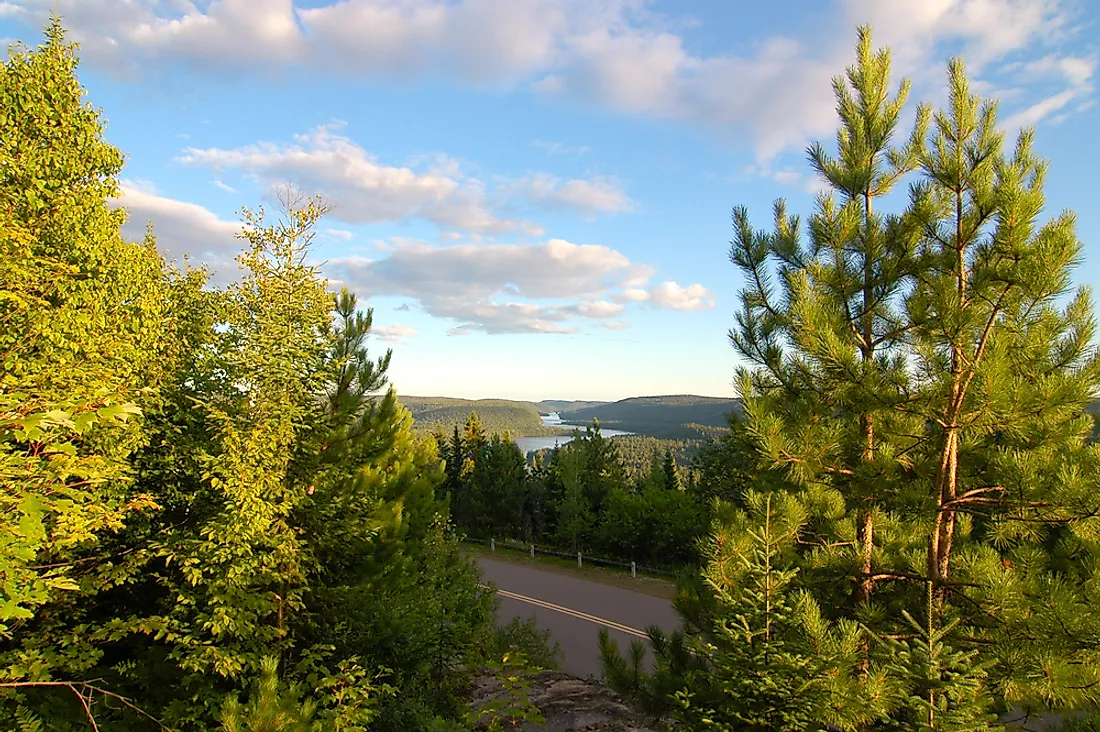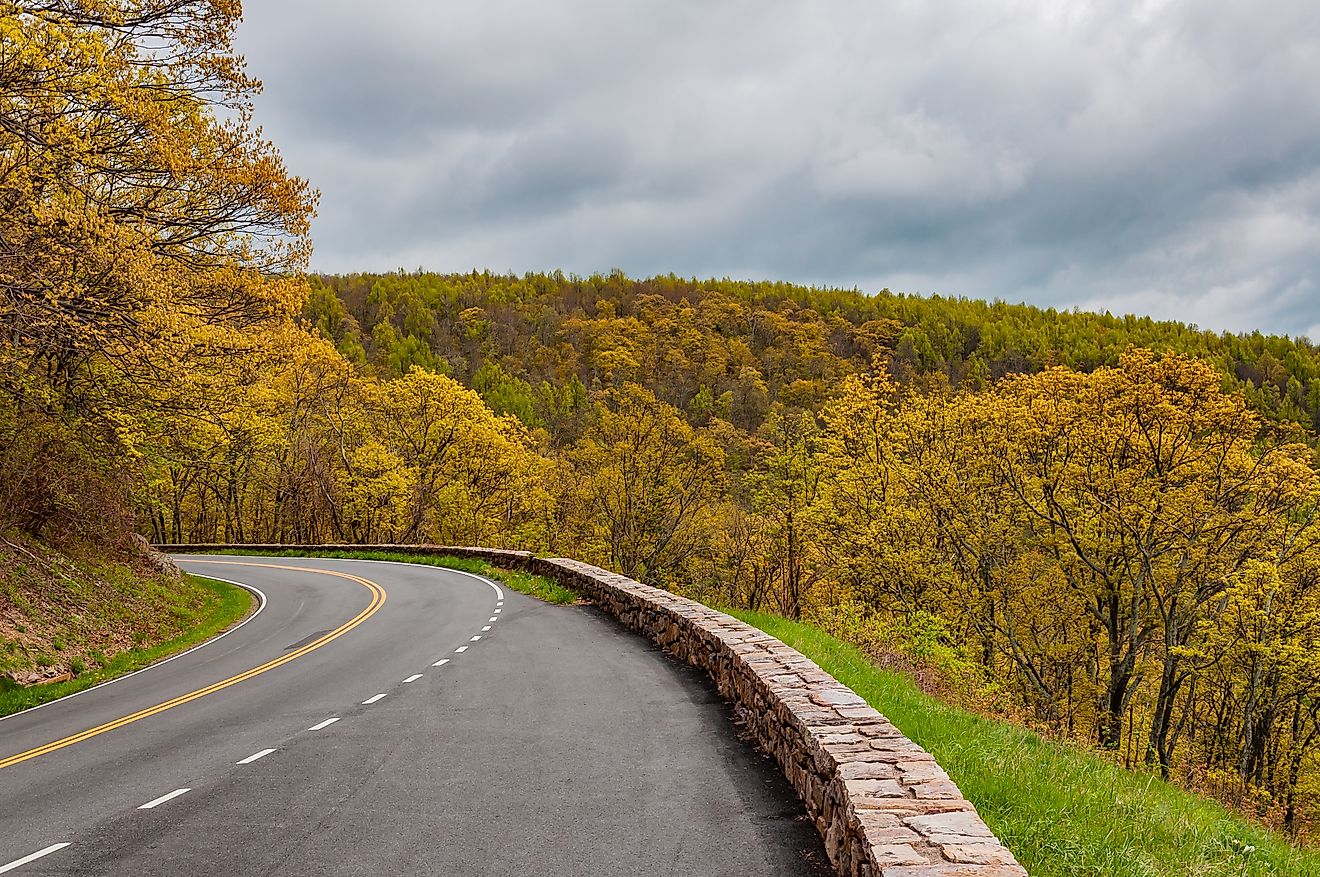Where are the Saint Lawrence Lowlands?

The Saint Lawrence Lowlands of Canada is a bowl-shaped area found in the provinces of Ontario and Quebec in Canada. During the last glacial period, the ice sheet pushed the area downwards, and the soil deposited deeper into the Earth. After the ice sheet melted, the area took a shape of the Lake and with the presence of the deep fault line, the water siphoned into the ocean belt. It lies in the southeast part of Canada, stretches from the low-lying area, from the Great Lakes to the St. Lawrence River, and is around 46,000 square kilometers. The Canadian Shield bounds the region, and comprises of the peninsula of southern Ontario. However, the area is small, but it is popular for the increased agricultural productivity, high degree of urbanization and industrialization.
4. Historical Role
The formation of the Saint Lawrence Lowlands is the result of last continental glaciations, and followed the marine submergence, emergence, river erosion and lastly the deposition. The deposits that exposed in the valley further indicated the weathering, and deposits of the river gravel. The interval lasted from 70,000 to 34,000 years ago, and the last glaciations covered the area around 18,000 years ago. Further, some 10,000 years ago, the lowlands rose rapidly somewhere around 20 meters per century. The present course of the river formed 6,500 years ago as the Saint Lawrence drained its channel near Quebec. Before the French arrived in this area, mostly the Iroquoian people use to live in this area in the year 1535. After their arrival, they started carrying out strip farming near the Saint Lawrence River. The area is rich in various minerals, and one can find fresh water, hardwood forests, and good quality soil in the area.
3. Economic Significance
This region, though the smallest official region by land area in Canada, has a dense population, and mostly covers the population of people from Quebec. It has many industries set up here, especially the manufacturing and the heavy industries. The region is also famous for its commerce, recreation locations, agriculture, and transportation hubs. The main industries established in the Lowland area are steel mills, automobile plants, oil refineries, clothing plants, food-processing plants, offices, and banks, and is even known as the “Manufacturing Heart” of the Canadian nation. The area has second largest farming area in Canada, and various crops grown here are grapes, apples, cherries, hay, corn, beans, onions and many more.
2. Habitat and Biodiversity
The common species of animals found in the region are grey squirrel, coyote, starling, ringed billed gull, house sparrow, and white-tailed deer. Most of the endangered species of the Lowland area include fox turtle, soft-shell turtle, and box turtle. Other kinds of animals found in this area are otters, red foxes, snowshoes’ hares, bats, weasels, and raccoons.
1. Environmental Threats and Conservation
The Lowland region contains minerals. Therefore, to retrieve them, mining is an option, which in return puts a negative effect on the environment. Other issues faced are of deforestation, trees cut down to make furniture or paper, and the water pollution is another issue. For conservation purpose, people are limiting the use of toxins from the manufacturing industries, which will help in preserving the air and water.











